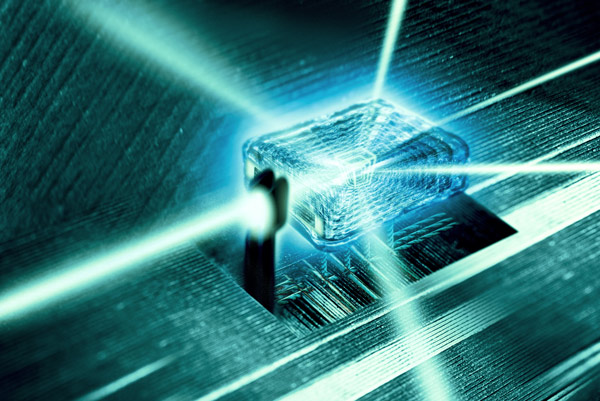
Figure 1: Quantum computers based on light stand to benefit from a technique that uses machine learning to enhance a method for fixing quantum errors. © 2025 RICHARD KAIL/SCIENCE PHOTO LIBRARY
A way to greatly enhance the efficiency of a method for correcting errors in quantum computers has been realized by theoretical physicists at RIKEN1. This advance could help to develop larger, more reliable quantum computers based on light.
Quantum computers are looming large on the horizon, promising to revolutionize computing within the next decade or so.
"Quantum computers have the potential to solve problems beyond the capabilities of today's most powerful supercomputers," notes Franco Nori of the RIKEN Center for Quantum Computing (RQC).
But some major hurdles need to be overcome before quantum computers can be used to tackle practical problems. In particular, ensuring that they perform calculations reliably is a critical issue.
"The reliability of quantum computers is constrained by their extreme sensitivity to the environment," explains Nori. "Even minor environmental disturbances can corrupt quantum information."
To unleash the potential of quantum computers, it is thus vital to develop techniques that can fix quantum errors.
One attractive method is the Gottesman-Kitaev-Preskill (GKP) code. Named after its inventors, the GKP code was proposed in 2001 as a way to encode a qubit, the quantum equivalent of a bit, in a harmonic oscillator-a system that resembles a pendulum.
"It's a promising candidate to realize quantum error correction without requiring a lot of hardware," says Nori.
However, GKP codes rely on squeezed states-quantum states that are difficult to generate and control. Consequently, GKP codes have been challenging to implement in practical experiments, particularly in light-based systems.
To overcome this problem, a team including Nori, Clemens Gneiting and Yexiong Zeng, both also at RQC, has developed a method that uses deep learning to optimize GKP states.
This optimization reduces the need to use large-amplitude squeezed states while preserving the code's powerful error-correction capabilities.
"By leveraging AI, our method fine-tunes the structure of GKP states, striking an optimal balance between resource efficiency and error resilience," says Zeng. "Our optimized GKP codes outperform conventional ones, requiring only a fraction of the squeezed states while achieving superior error correction."
The method turned out to be remarkably efficient, exceeding the team's expectations. "We were pleasantly surprised," says Zeng. "The neural network achieved a much more efficient encoding than we had initially expected."
"By reducing resource demands and improving error resilience, our work accelerates the path toward scalable, fault-tolerant quantum computing, paving the way for significant advancements in science and technology," says Gneiting.
The team is now planning to extend the code to a multi-logical system, says Zeng.






